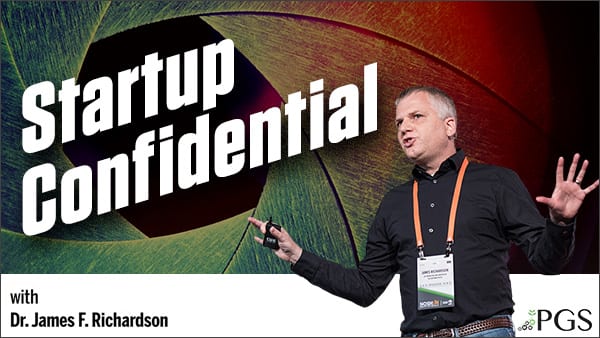PODCASTS / E113

Ep. 113 – How Athletic Brewing Becomes the Next Billion Dollar Brand
March 1, 2024
Non-alcoholic (NA) beer is American consumer culture’s oldest social responsibility segment. Commercial, branded NA beer made its way into tens of thousands of bars and taverns by the 1990s in part as a soft form of legal defense ‘support’ for their retail and on-premise partners, and also due to pressure from Mothers Against Drunk Driving and the rise of the Designated Driver movement. Beer giants had zero intention of scaling this segment. Alcohol consumption impairs inhibition and often generates rapid repeat purchases – this is a sales advantage the alcohol industry has no interest in torpedoing. Consider that fact when you assess the widely ridiculed ‘poor taste equivalency’ of NA beer offerings from this era.
And so, the half-hearted NA beer segment has barely cracked 1% of U.S. beer market share after a half-century of broad distribution. Yet, you’ll find an NA tap handle almost everywhere. When older Americans (50+) were in college, drinking NA beer at a bar likely led to jokes and ribbing (especially among men). There was no widely diffused set of reasons to stand out from your buddies in this way. Choosing NA beer in public conferred two forms of stigma – a) recovered alcoholic, and b) social loser.
The challenge Athletic Brewing (AB) faces is to find a new positioning for NA beer that makes it a modern, unstigmatized choice and avoid the trap of Beyond Meat. What trap is that?
The trap of:
- not being a delicious alternative
- framing itself purely as an alt-X
- shoving product into distribution before strong repeat and HH retention had been established
- losing symbolic and category focus
- bloating its SG&A (due to lack of product focus)
- not finding a clear outcome that matters in people’s personal lives
- not switching its marketing mix after it hits scale
Performance Review – Skate Ramp Growth
Athletic Brewing has become one of the more impressive Skate Ramp brands of the 2020s due mainly to rigorous early R&D, aggressive social insertion into highly networked, aspirational fitness events (Spartan races, Ironman, etc.), and near-miraculous timing for a DTC CPG launch (i.e., before Apple’s privacy changes and the pandemic-induced ballooning of drop-shipper fees).
PGS projects that the company will be a $150 million trailing business by the end of this year at least (assuming a static UPC mix and current rates of HH penetration growth across all channels). So, let’s see how they got here and what risks they face in maintaining this outstanding performance.
Product Mix
AB has a unique process for brewing non-alcoholic beer, and most of its raised capital has gone toward financing two large breweries near the New York and LA markets that make the business possible. As Forbes noted in a piece last year, “Brewers traditionally make nonalcoholic beer by cooking or filtering standard brews, a process that removes the alcohol—and most of the flavor. Shufelt and Walker took a different tack: Tweak the grains, sugars, temperature, and pH levels to brew a beer with big flavor and little alcohol from the start.”
AB offers 12+ brews, including seasonal and LTO website-only offerings (e.g., vacation reminder); half the mix is also award-winning.
Run Wild IPA and Free Wave IPA are the top sellers with the broadest omnichannel distribution.
AB stays relentlessly focused on beer, a vast universe of flavor and aroma possibilities… and being the craft NA beer.
Opportunity: AB fans believe it is simply a great-tasting beer. AB is an NA beer that wins elite global beer taste awards (e.g., World Beer Awards), and a lot of them. This is fantastic sensory social proof with which to build a $1 billion+ business.
Risk: Traditional beer offers a trifecta of broad population reach outcomes (i.e., refreshment, buzz, and flavor). By deleting the critical alcohol outcome – buzz – does AB limit its occasion reach or expand it? How does the competitive struggle alter when beer has to compete purely on an outcome bundle like “refreshing flavor”?
For the rest of my thoughts on how Athletic Brewing can re-positioning for billion-dollar growth…check out my recent piece for the Food Institute. Head to Food Institute dot org.